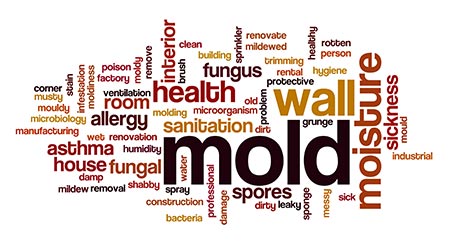
Schools Among Target of Mold Resources
December 26, 2018
Among the toughest challenges in the day-to-day management of institutional and commercial facilities is uncovering those problems that are out of sight, as a result, out of mind. Mold is one such problem.
To help managers identify and assess areas of dampness in their buildings that can carbor mold, NIOSH recently released the Dampness and Mold Assessment Tool for both general buildings and schools.
“The Dampness and Mold Assessment Tools provide an inexpensive mechanism to investigate, record, and compare conditions over time,” says said David Weissman, M.D., director of NIOSH’s Respiratory Health Division.
Damp building conditions promote the growth of mold, bacteria, fungi, and insects. Occupants in damp buildings can be exposed to pollutants in the air from biological contaminants and the breakdown of building materials. Research has shown that a number of health problems are associated with exposure to building dampness and mold including:
- respiratory symptoms, such as in the nose, throat, and lungs
- development or worsening of asthma
- hypersensitivity pneumonitis, which is a rare lung disease in which lungs become inflamed as an allergic reaction to inhaled bacteria, fungi, organic dusts, and chemicals • respiratory infections
- allergic rhinitis, which is often called hay fever
- bronchitis
Dan Hounsell is editor-in-chief of Facility Maintenance Decisions, and Facilitiesnet.com.
Next
Read next on FacilitiesNet












